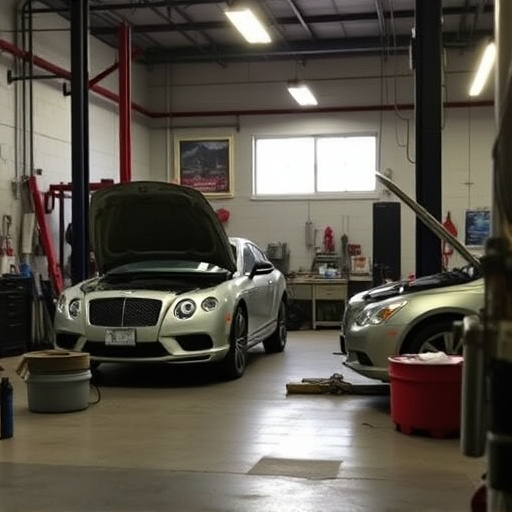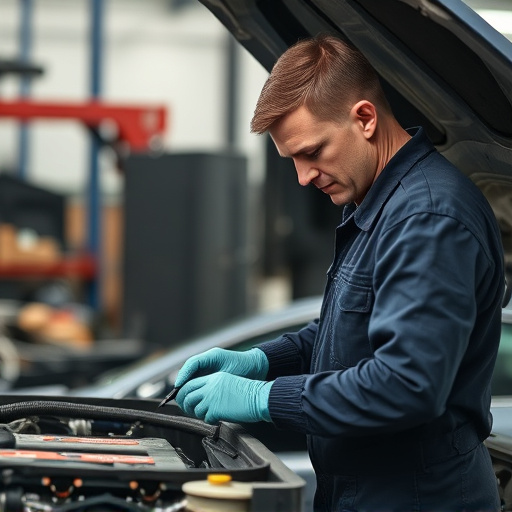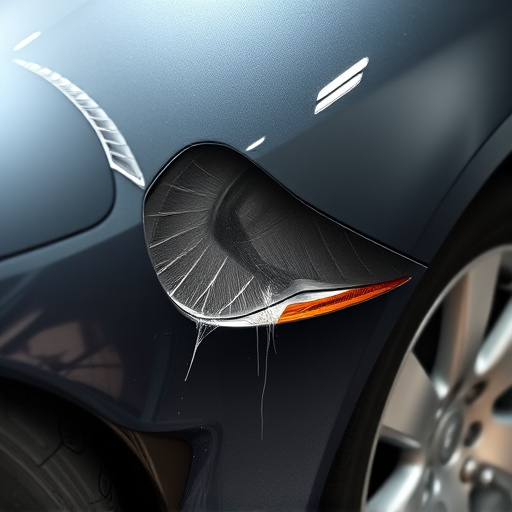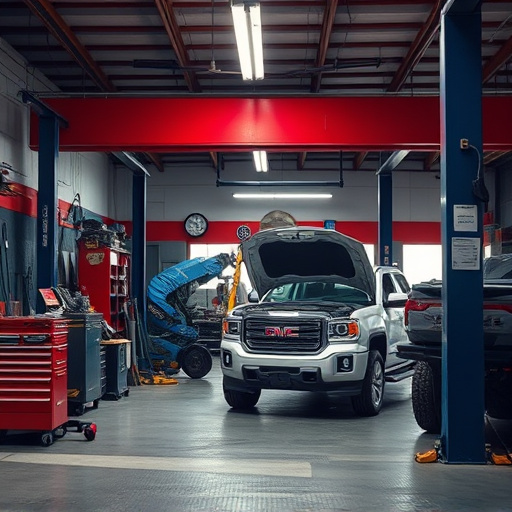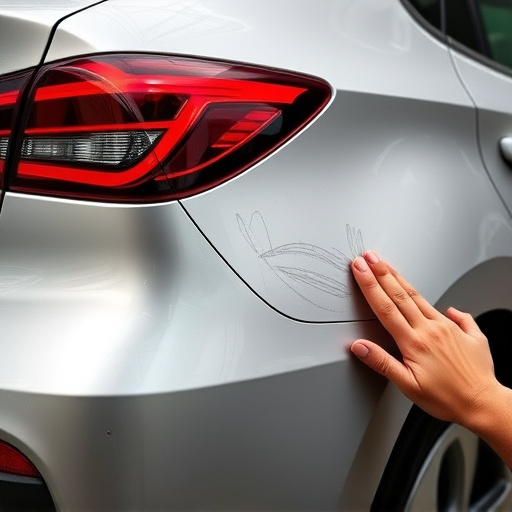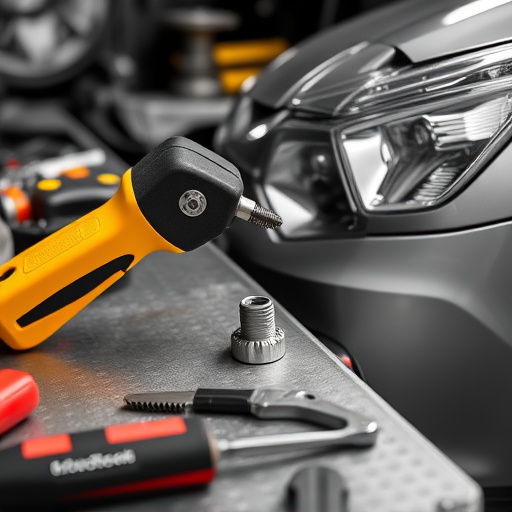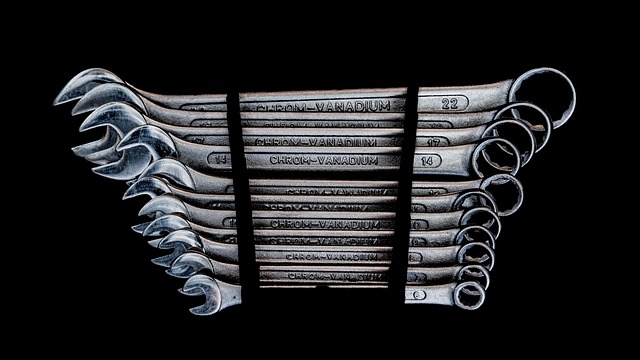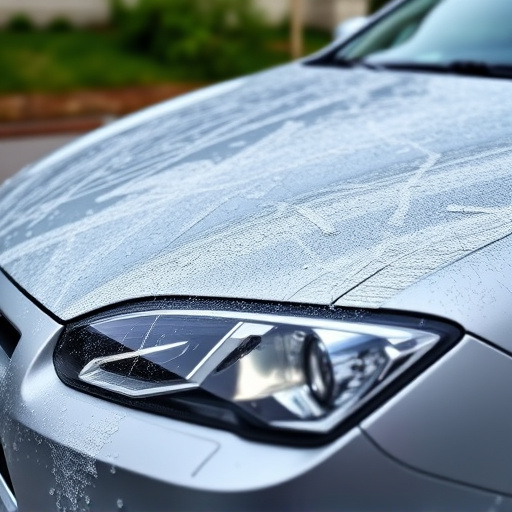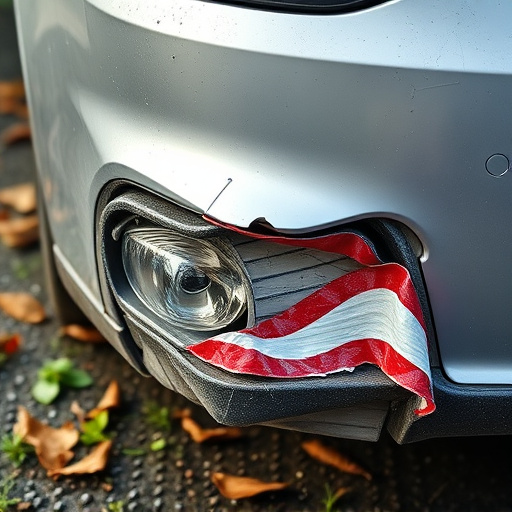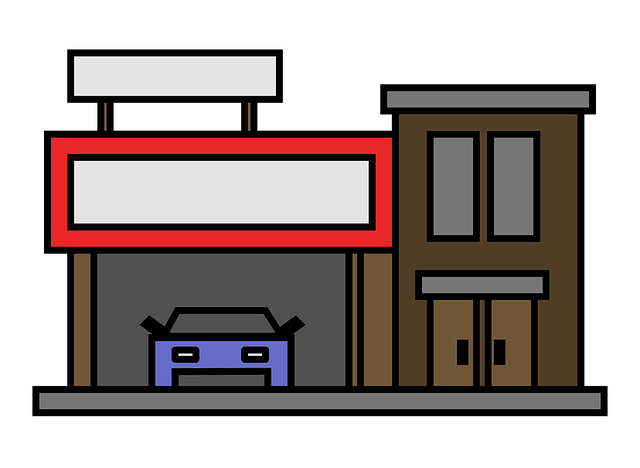PDR for aluminum panels is a specialized, non-invasive method to restore damaged automotive surfaces without traditional repairs, preserving the original factory finish and vehicle value. Safety in PDR for aluminum involves technician gear, tool maintenance, regular training, handling aluminum properties, proper lifting techniques, storage, transport using specialized carriers, and controlled environments to prevent corrosion.
In today’s automotive industry, Professional Detaching Repair (PDR) for aluminum panels is a game-changer. This non-invasive technique offers both aesthetic benefits and structural integrity preservation. However, ensuring safety during the process is paramount for PDR technicians. This article delves into the essentials of PDR for aluminum panels, detailing its basics and benefits, while also emphasizing crucial safety gear and protocols. We explore best practices for safe panel handling, helping technicians mitigate risks effectively.
- Understanding PDR for Aluminum Panels: Basics and Benefits
- Essential Safety Gear and Protocols for PDR Technicians
- Mitigating Risks: Best Practices for Safe Panel Handling
Understanding PDR for Aluminum Panels: Basics and Benefits
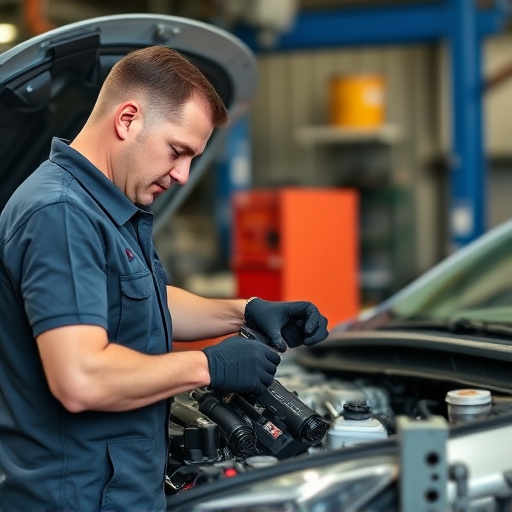
PDR for aluminum panels, or Paintless Dent Repair, is a specialized process designed to restore damaged automotive surfaces without traditional autobody repairs. This non-invasive method has gained popularity in the automotive restoration industry due to its efficiency and cost-effectiveness. By utilizing specialized tools and techniques, technicians can remove dents, scratches, and other imperfections from aluminum panels, achieving a seamless finish that matches the vehicle’s original paint job.
The benefits of PDR for aluminum panels are numerous. Unlike conventional dent repair methods, it preserves the original factory finish, eliminating the need for sanding, painting, or extensive automotive restoration work. This not only saves time and reduces costs but also ensures that the vehicle retains its value and aesthetic appeal. As a result, many car owners opt for PDR as a preferred choice for minor dents and scratches, ensuring quick and effective solutions without compromising on the overall appearance of their vehicles.
Essential Safety Gear and Protocols for PDR Technicians
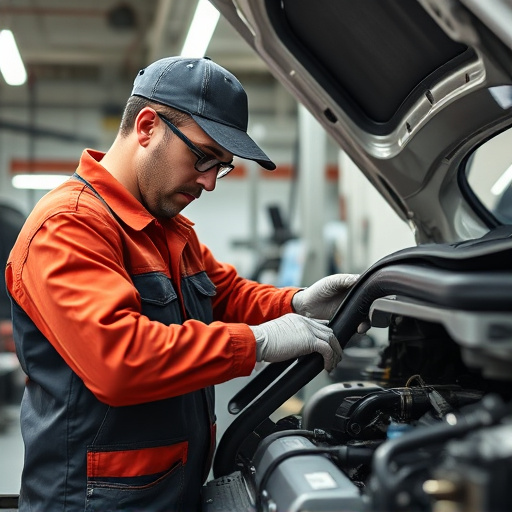
In the realm of PDR for aluminum panels, safety is paramount for technicians to ensure effective and secure processes. Essential gear includes protective eyewear, which shields against debris and ensures clear vision throughout the repair process. Gloves are non-negotiable, providing a barrier between hands and sharp edges or chemical compounds used in cleaning and finishing. For the same reason, respirators are crucial, especially when handling fine particles or working in confined spaces to prevent inhalation of harmful substances.
Proper protocols further enhance safety in automotive collision repair. Technicians must follow strict guidelines for tool maintenance and storage, ensuring they are in optimal condition and not hazardous. Regular training sessions on PDR techniques and safety measures are essential to stay updated with industry best practices. This includes understanding how to handle various panel types, especially aluminum, which requires specific care due to its unique properties. Such precautions ensure that both technicians and clients receive top-quality automotive repair services without compromising safety.
Mitigating Risks: Best Practices for Safe Panel Handling
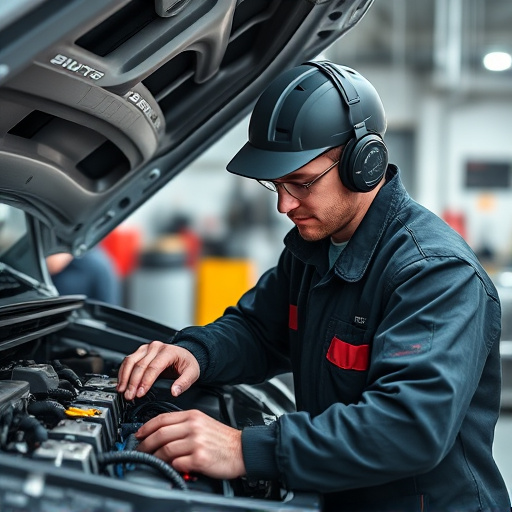
When handling PDR for aluminum panels, safety should be the top priority to mitigate risks effectively. Best practices involve ensuring proper training for technicians on the unique properties of aluminum and its behavior during restoration processes. Using appropriate tools designed specifically for aluminum can prevent damage to the panel surface. Proper lifting techniques are crucial to avoid straining or injuring workers while handling heavy panels.
Additionally, establishing clear safety protocols for panel storage and transport is essential. Secure storage areas with controlled environments protect against corrosion and ensure panels remain in pristine condition. During transportation, specialized carriers designed for delicate car body restoration materials minimize the risk of damage from shifting or impacts, which is especially important when dealing with collision repair center operations.
In conclusion, PDR for aluminum panels offers significant benefits in terms of repair efficiency and cost-effectiveness. However, ensuring safety during the process is paramount. By adhering to essential safety gear protocols, best practices for panel handling, and mitigations risks, PDR technicians can create a secure environment that protects both workers and the integrity of the aluminum panels. These measures are vital steps towards optimizing the advantages of PDR in the automotive industry.
